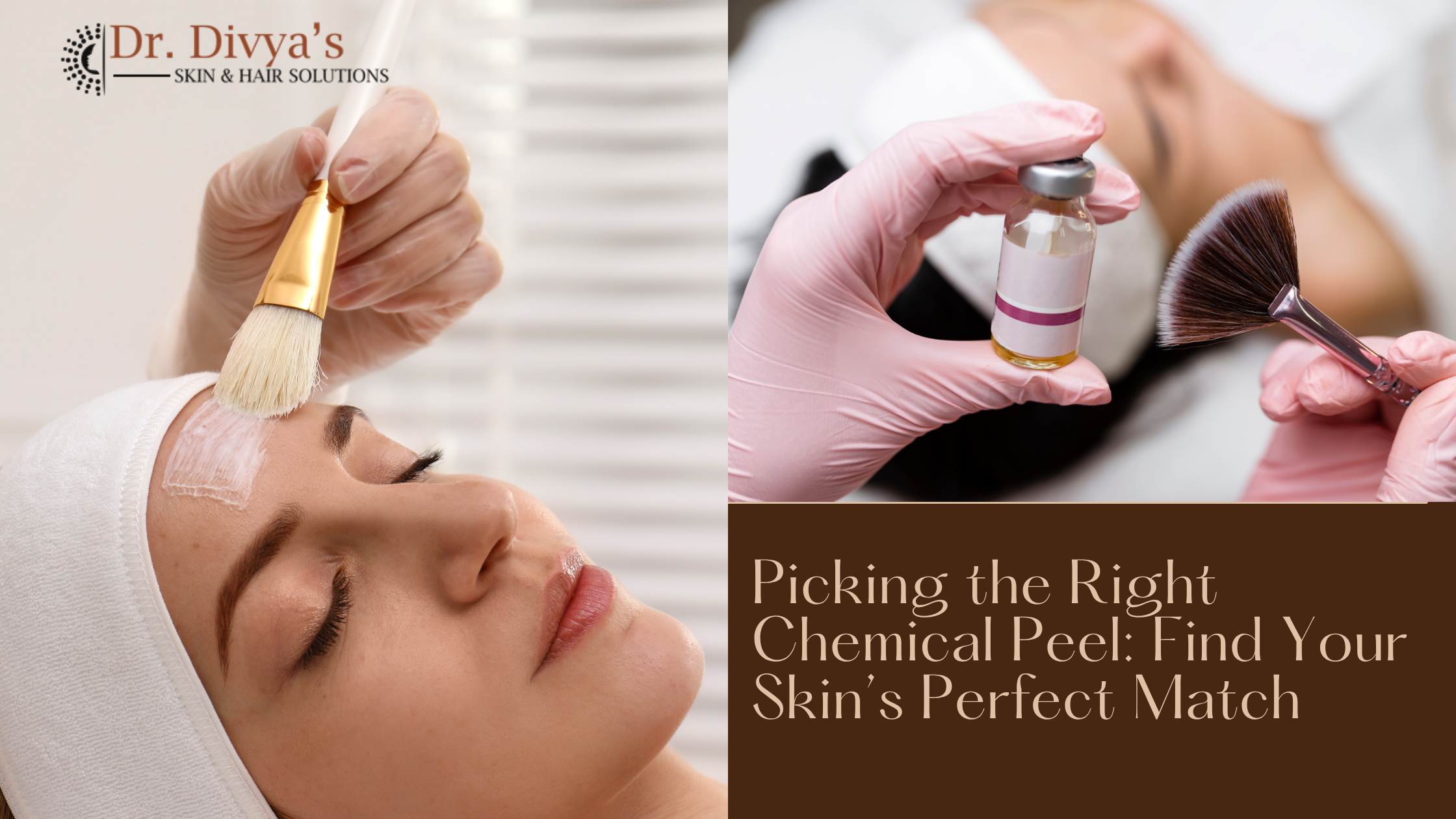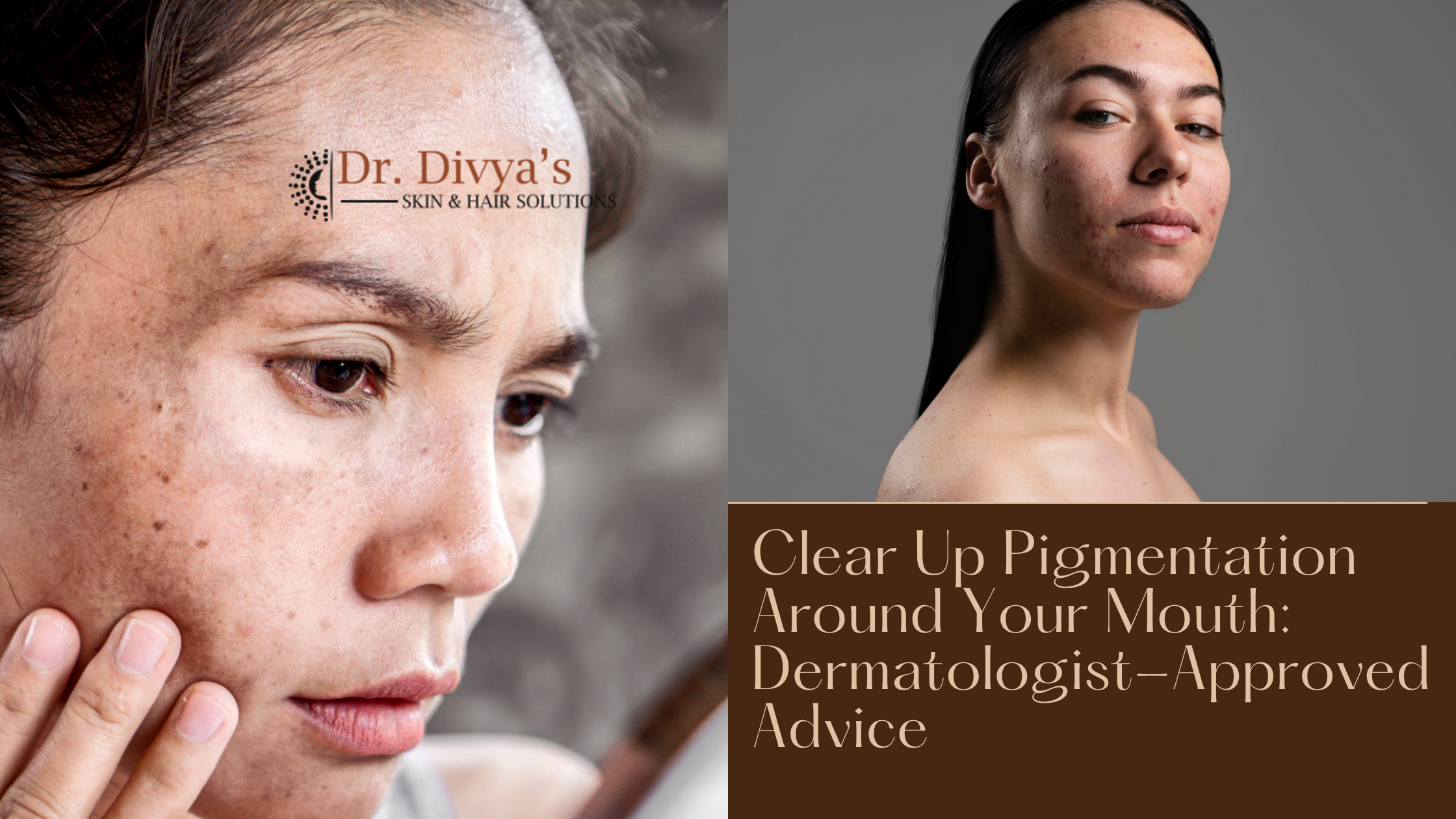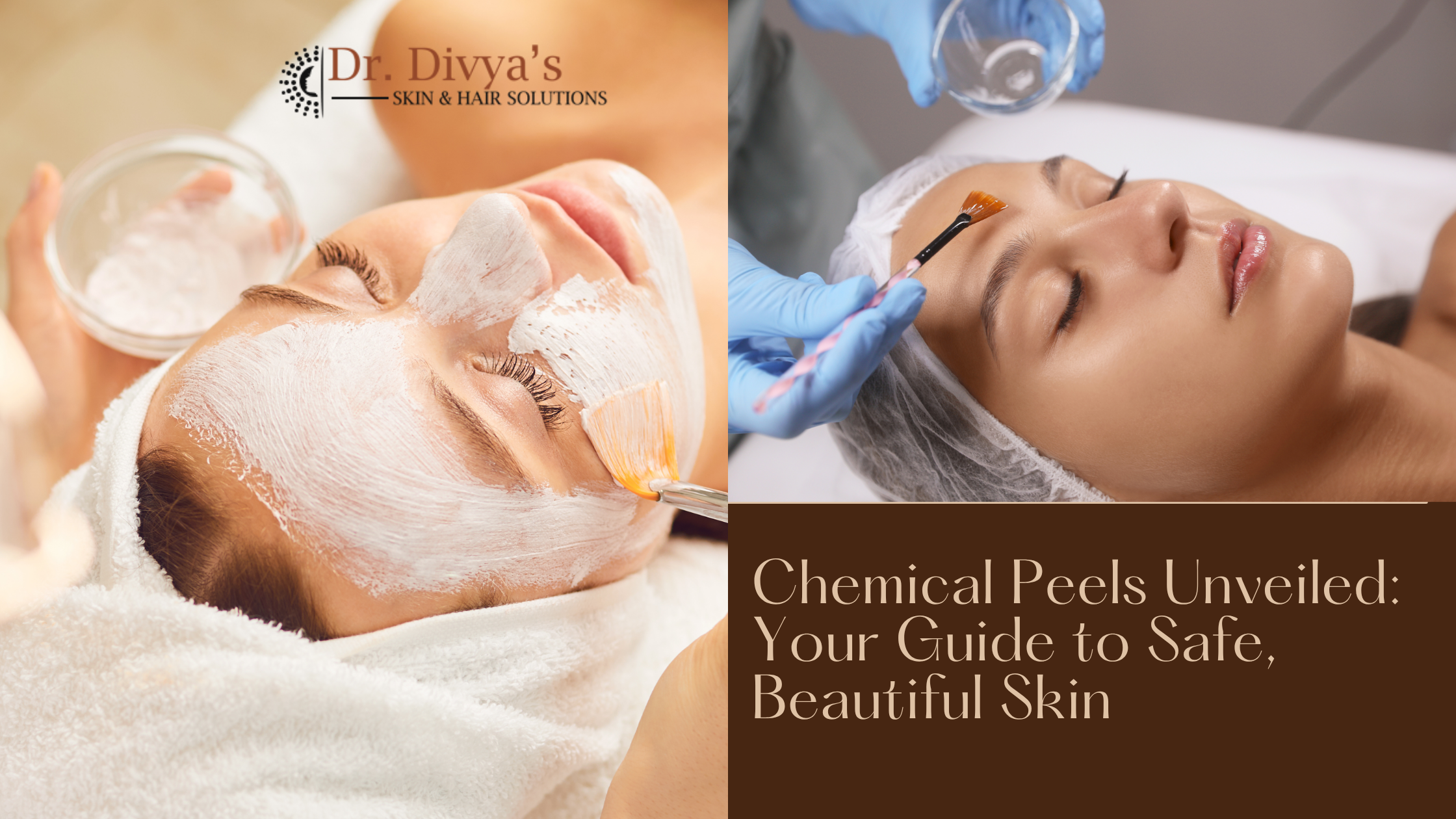Posted date on Jul 30, 2025
Pigmentation is a common skin concern that affects people of all skin types and ages. Whether it's dark spots, uneven skin tone, or melasma—excess melanin production is often at the root of the issue.
While melanin plays a crucial role in protecting your skin from UV rays, overproduction can lead to unwanted dark patches and discoloration.
If you’re looking to control melanin levels and achieve a brighter, more even skin tone, here are some dermatologist-approved ways to manage pigmentation effectively.
What Is Melanin and Why Does It Matter?
Melanin is the natural pigment responsible for the colour of your skin, hair, and eyes. It’s produced by cells called melanocytes and helps protect your skin from sun damage. However, when your skin is exposed to excessive sunlight, hormonal changes, or inflammation, melanin production can increase, causing hyperpigmentation.
Common causes of high melanin production include:
- Prolonged sun exposure
- Hormonal imbalances (like in pregnancy or PCOS)
- Acne scars or skin injuries
- Certain medications
- Genetic predisposition
Ways to Control Melanin Production and Treat Pigmentation
1. Use Broad-Spectrum Sunscreen Daily
UV radiation is one of the biggest triggers for melanin production. Applying a broad-spectrum SPF 30 or higher every day (even indoors) can prevent further darkening and help maintain results from any treatments you try.
Tip: Reapply sunscreen every 2–3 hours, especially when outdoors.
2. Incorporate Vitamin C in Your Skincare
Vitamin C is a powerful antioxidant that helps reduce melanin production by inhibiting the enzyme tyrosinase. It also brightens the skin and improves overall tone and texture.
Look for serums containing 10–20% L-ascorbic acid for best results.
3. Exfoliate (But Gently)
Exfoliation helps remove dead skin cells. Use AHAs like glycolic acid or lactic acid to promote cell turnover and reveal fresher skin.
Note: Avoid over-exfoliating as it can irritate your skin and worsen pigmentation.
4. Apply Niacinamide
Niacinamide (Vitamin B3) is known for its skin-brightening and anti-inflammatory properties. It slows melanin transfer from melanocytes to skin cells and reduces pigmentation over time.
It’s gentle enough for sensitive skin and works well with most other active ingredients.
5. Try Dermatological Treatments
If pigmentation is deep or stubborn, it’s worth consulting a dermatologist. They may recommend:
- Chemical Peels – For exfoliating deeper skin layers.
- Laser Therapy – To target and break down excess melanin.
- Microneedling – Helps reduce pigmentation by stimulating collagen and improving skin texture.
- Prescription creams – Containing hydroquinone, retinoids, or kojic acid.
These treatments should only be done under professional supervision to avoid side effects.
What to Avoid
- Harsh scrubs that can damage the skin
- DIY remedies like lemon juice, which may irritate
- Picking at acne or scars, which can increase pigmentation
- Skipping sunscreen—this undoes all progress
Consistency Is Key
Pigmentation doesn’t fade overnight. Most treatments and skincare routines take 4–12 weeks to show noticeable improvement. The key is to be consistent, gentle with your skin, and always protect it from further damage.
Conclusion
Managing melanin and treating pigmentation is possible with the right approach. Focus on sun protection, targeted skincare, and professional guidance when needed. With time and care, you can enjoy healthier, brighter, and more even-toned skin.
FAQs
Q1. Can melanin levels be permanently reduced?
Melanin levels can be managed but not permanently reduced. The goal is to prevent overproduction and lighten existing pigmentation safely.
Q2. Is it safe to use hydroquinone for pigmentation?
Yes, but only under dermatological supervision. Long-term use without guidance can lead to side effects.
Q3. How long does it take to lighten pigmentation?
It may take 1–3 months depending on the cause, depth of pigmentation, and consistency in your routine.
Q4. Which foods help reduce melanin?
Foods rich in Vitamin C, E, and antioxidants—like citrus fruits, green leafy vegetables, and berries—support healthy skin and can help regulate melanin production.





